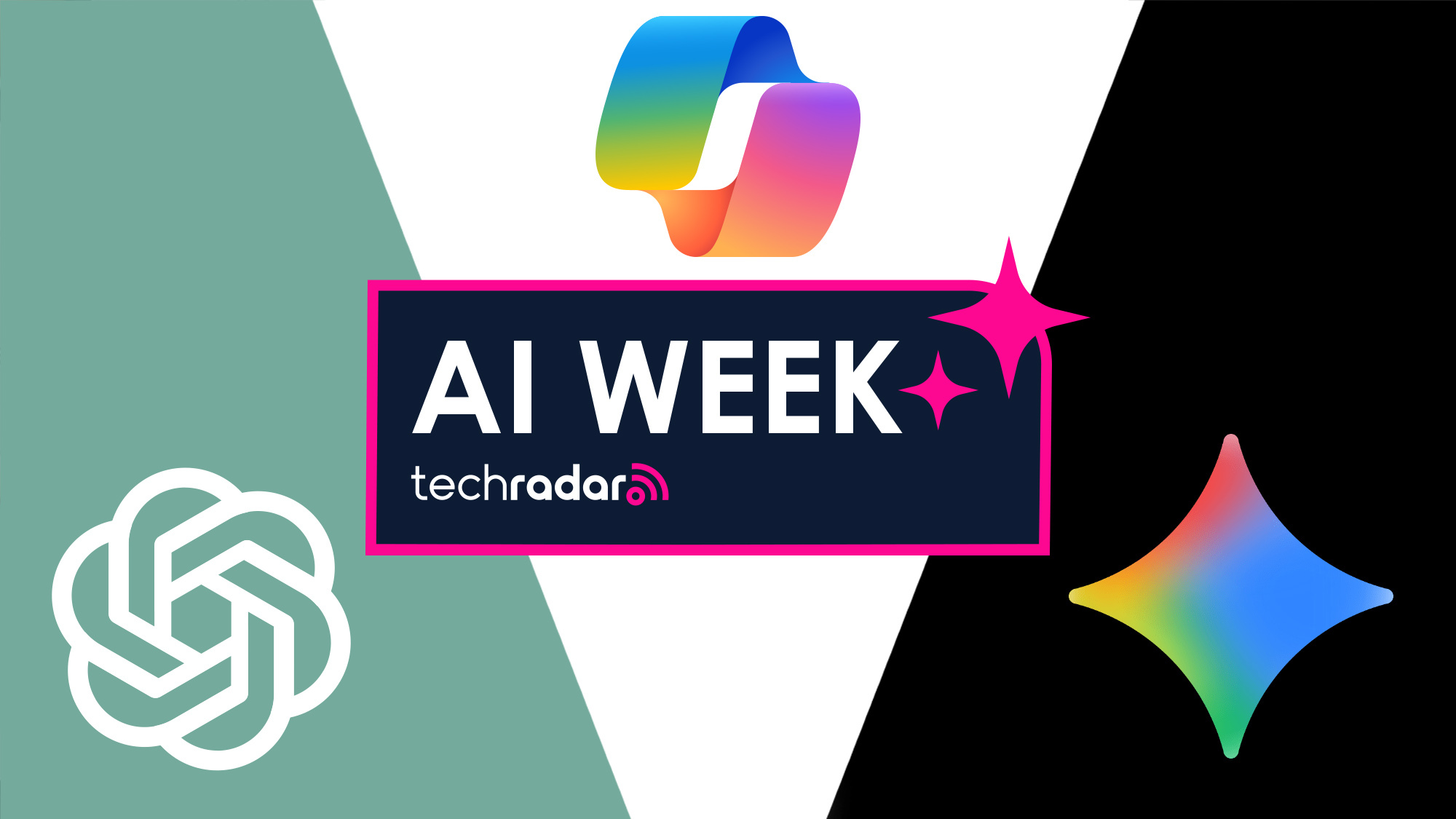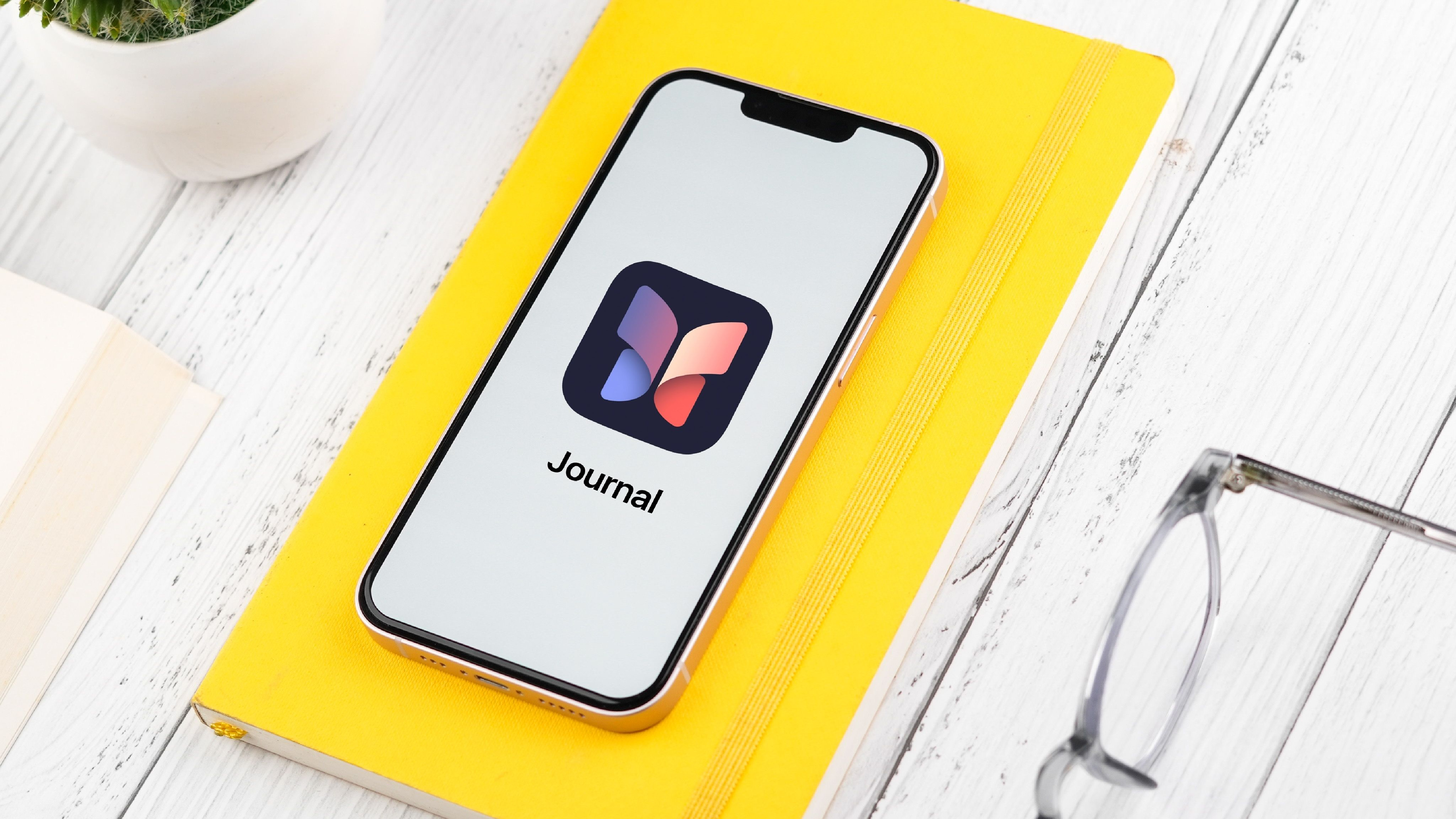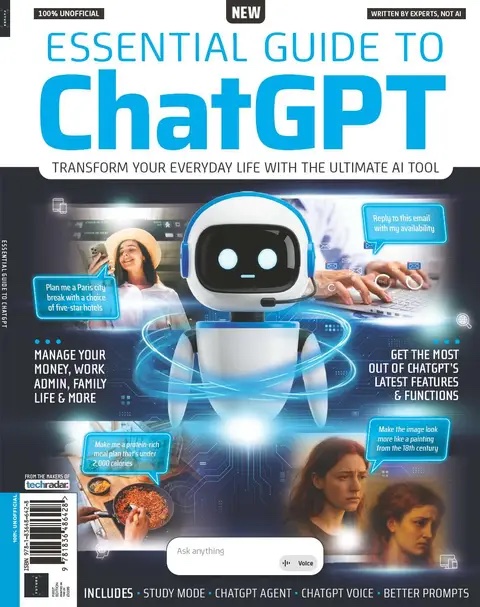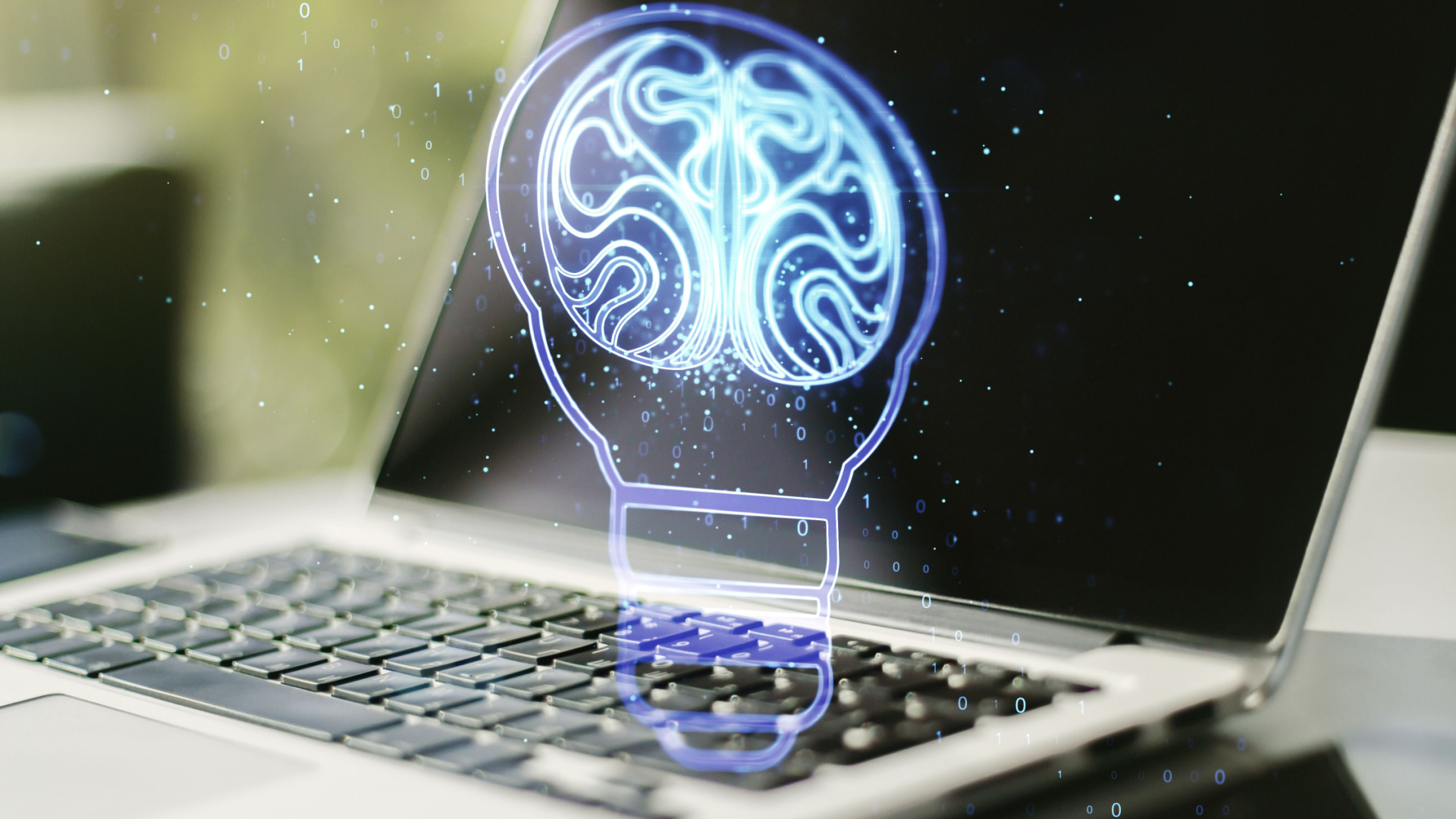How ChatGPT can help you look after your wellbeing


This article is part of TechRadar's AI Week 2025. Covering the basics of artificial intelligence, we'll show you how to get the most from the likes of ChatGPT, Gemini, or Claude, alongside in-depth features, news, and the main talking points in the world of AI.
We all like the idea of looking after our mental health. Journaling every day, sticking to a meditation routine, and booking therapy sessions when we need them. The reality is usually less polished. Life gets busy, bad habits creep in, and the good intentions fall to the bottom of the to-do list. That’s where AI tools are starting to play an interesting role.
They’re not a replacement for professional care, but they can be a useful support system. Think of them as scaffolding that keeps you steady when things feel shaky. Whether it’s a chatbot that helps you reflect on your day, an app that suggests breathing exercises, or a tool that turns your messy thoughts into something you can act on, AI is giving people new ways to take care of themselves.
Journaling without the blank page

Journaling is one of those habits that sounds simple but often falls apart in practice. You sit down with a notebook or an app, stare at the page, and think: What do I even write? ChatGPT can step in by acting as a gentle prompt engine.
A basic ChatGPT session can nudge you with questions. “What went well today?” “What challenged you?” “What’s one thing you’re grateful for?” It feels less like homework and more like a conversation. When I tried this approach, I found myself writing more honestly because I wasn’t trying to invent a structure. ChatGPT provided it for me.
Over time, this turns into a habit. Instead of skipping journaling because you don’t know where to start, you can open ChatGPT, answer the prompts, and get your thoughts down. That simple consistency is often what makes the difference.
Building wellbeing routines

Sticking to a routine is one of the hardest parts of self-care. Meditation, exercise, reading before bed are all things we know help, but they’re also the first to vanish when life gets stressful. ChatGPT can help by acting as a personal coach.
You can set it up to remind you to meditate at the same time each day, or to suggest short workouts you can do at home with no equipment. I asked for “five-minute breathing exercises I can do at my desk” and was given a set of techniques complete with step-by-step instructions. It’s not groundbreaking, but it makes the practice accessible.
Sign up for breaking news, reviews, opinion, top tech deals, and more.
The key here is accountability. AI doesn’t get tired of reminding you, and it doesn’t judge if you miss a day. It just nudges you back on track.
Therapy support, not replacement

There’s a lot of hype around ChatGPT as a form of therapy. The truth is, no chatbot can replace a trained professional, but that doesn’t mean they’re useless. Used responsibly, ChatGPT can provide day-to-day support by helping you process small stresses before they spiral.
I often use ChatGPT as a sounding board to help rationalise situations. Recently, I typed out a stressful work scenario, and the bot asked me questions that nudged me toward a calmer perspective. It wasn’t therapy in the formal sense, but it felt like having someone remind me to take a breath and look at the situation differently. It’s absolutely worth noting, however, that ChatGPT tends to agree with you, which isn’t always the most helpful in sticky situations.
ChatGPT can be especially helpful between sessions if you already see a therapist. Instead of bottling things up for a week, you can offload in the moment and arrive at your session with more clarity.
Self-diagnosis: the double-edged sword
One of the most controversial areas of ChatGPT is self-diagnosis. Search engines already encourage people to Google every symptom, and AI makes that process even easier. You can ask for a breakdown of possible conditions, complete with explanations and suggested next steps.
Used carefully, this can be empowering. For example, when I had recurring stomach issues, I asked ChatGPT for possible causes. It flagged everything from diet to stress to IBS, and reminded me to consult a doctor. That gave me language to use in my appointment and made me feel more prepared.
But there’s a risk here too. AI is not infallible, and it can give false reassurance or unnecessary panic. If you use it as a first step rather than a final answer, it’s useful. If you use it to avoid medical care, it’s dangerous.
The best balance is to treat ChatGPT as a research assistant. It can gather information, explain things in plain English, and prepare you for a conversation with a professional. It cannot and should not replace that professional.
Tracking your mood

This article originally appeared as part of Essential Guide to ChatGPT, available now at MyFavoriteMagazines. Essential Guide to ChatGPT is full of top tips and expert advice, covering everything you need to know about the world’s most popular AI – from the basics to some of its latest features and functions.
Another subtle but powerful use of ChatGPT is mood tracking. Instead of manually logging how you feel, AI can analyse your journal entries, messages, or even tone of voice to spot patterns. Over time, it can tell you if certain days, activities, or habits are linked to dips in mood.
For example, I noticed that my journal entries mentioning late-night screen time often coincided with lower mood scores. That connection helped me cut down on doomscrolling before bed. Without AI analysing the data, I might not have noticed the link (let’s face it, I know the link, but I’ll not stop doing it anytime soon).
Encouraging mindfulness

Mindfulness is one of those buzzwords that gets thrown around a lot, but at its core, it just means paying attention to the present. ChatGPT can help by guiding short sessions of meditation or reflection.
Ask for a five-minute body scan or a short gratitude exercise, and you’ll get a script you can follow. It’s a simple way to integrate mindfulness into a busy day without committing to long sessions or expensive courses.
Guardrails you need in place
As useful as ChatGPT can be, there are guardrails you need to respect. First, privacy. You’re often sharing sensitive thoughts or health data, so you need to check how that information is stored and used.
Second, accuracy. AI can sometimes produce confident answers that are simply wrong. Always cross-check health advice with a professional source.
Third, dependency. It’s easy to lean too heavily on a chatbot. The goal should be to use AI as a tool that supports healthy habits, not as a crutch that replaces human connection.
Why ChatGPT works as a companion
The biggest value of ChatGPT in this space is companionship. It gives you a low-pressure outlet for your thoughts, prompts you when you need structure, and helps you build routines that stick. It’s not a replacement for human relationships or professional care, but it fills a gap.
When I use AI for journaling or mindfulness, I don’t feel like I’m outsourcing self-care. I feel like I have a supportive presence that keeps me accountable. That makes it easier to keep going, even on the days when motivation is low.
Well-being isn’t about doing everything perfectly. It’s about having the right tools to support you when life gets messy. AI fits into that toolkit by making self-care more accessible and less overwhelming.
It can prompt you to journal, remind you to breathe, help you notice patterns in your mood, and prepare you for conversations with professionals. The responsibility is still yours, but the scaffolding is there.
If you treat ChatGPT as a companion rather than a cure, you’ll find it can make a real difference. And sometimes that gentle nudge to reflect or breathe is exactly what you need.
Follow TechRadar on Google News and add us as a preferred source to get our expert news, reviews, and opinion in your feeds. Make sure to click the Follow button!
And of course you can also follow TechRadar on TikTok for news, reviews, unboxings in video form, and get regular updates from us on WhatsApp too.

➡️ Read our full guide to the best business laptops
1. Best overall:
Dell Precision 5690
2. Best on a budget:
Acer Aspire 5
3. Best MacBook:
Apple MacBook Pro 14-inch (M4)

John-Anthony Disotto is TechRadar's Senior Writer, AI, bringing you the latest news on, and comprehensive coverage of, tech's biggest buzzword. An expert on all things Apple, he was previously iMore's How To Editor, and has a monthly column in MacFormat. John-Anthony has used the Apple ecosystem for over a decade, and is an award-winning journalist with years of experience in editorial.
You must confirm your public display name before commenting
Please logout and then login again, you will then be prompted to enter your display name.